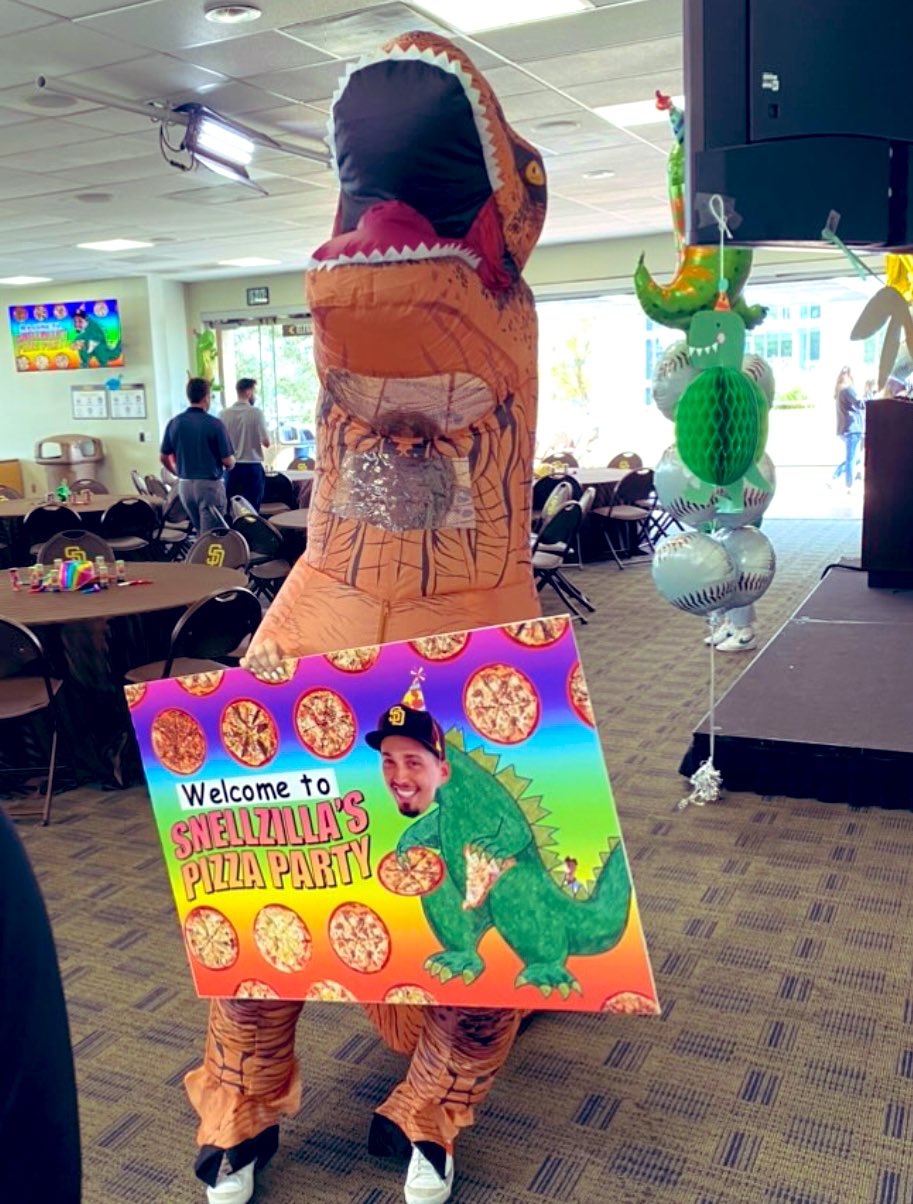I’m a master storyteller and here are my 9 tips on how to master the ancient art of storytelling

Master storyteller and Londoner, Jennifer David at Debutots has witnessed a surge in demand for traditional ways to entertain children.
There has been an increase in parent/child attendance at Debutots’ storytelling classes and school clubs are also selling out with growing waiting lists. Besides storytelling, parents are keen to keep their children away from screens and go back to other traditional forms of entertainment. Holiday camp spaces covering circus skills, magicians, discos and team games are being snapped up too.
Jennifer David, master storyteller, professional drama teacher and Debutots franchisee commented: “For too long now we’ve let storytelling wane under competition from captivating multimedia such as TVs and mobile phones. But in these challenging times parents want to go back to basics when connecting with their children. They want to help them to make sense of the world away from the screen and through the magic of storytelling.”
The mum of three added: “It doesn’t surprise me that we are seeing a revival in storytelling, as it results in an abundance of benefits. Besides educational gains, it’s relaxing and encourages sleep, fosters curiosity, helps to grow imagination, develops language, concentration and emotional literacy, manages behaviour and most importantly it’s fun.”
She concluded: “Of course these benefits do also apply to reading a book. But unlike reading a book, the ancient art of storytelling is much more engaging. Our stories are always interactive, even the shiest of children can’t stop themselves from joining in, but there’s no pressure, no spotlight, so their confidence and participation really does grow organically. Also, the storyteller has the freedom to bring their personality into the activity because they are not bound by the words in a book plus they are able to give their listeners a deeper eye to eye connection, something that you cannot do when reading a book.”
If you’d like to have a go at storytelling then here are some tips from professional storyteller, Jennifer David (who also runs workshops for staff in the childcare industry as well as parents) on how to get started:
Getting started
Don’t worry if you are feeling tentative as children are forgiving listeners, and will be excited that you are giving them your undivided attention in this new way.
Natural storytellers will be able to pull a story out of the air, but if you’re lacking in confidence then why not spend just a few minutes preparing your first story…
Preparation is key
Before you get started, think about how long you want the story to be. You’ll also need to think about the tone of the story. If it’s almost bedtime then a relaxing and less dramatic story would work but if you have more time then a longer and a more interactive story could work well. You could even continue it on consecutive days, but perhaps make a quick note of what you’ve covered each time as although you may not remember, your child most likely will!
Setting the scene
Set the scene at the beginning, and remember that children love getting lost in the magical world of stories so let your inner magician loose! Consider if there’s going to be a ‘problem’ in the story, something that needs to be solved.
Dilemma
What’s the dilemma? Perhaps your main character attempts a few times, in different ways, to solve the problem, before finding a solution at the end.
Repetition
Children love repetition, and it can make it easier for you to structure your story too.
Make it familiar
Choose a subject or characters for the story that you know you and your children will enjoy. If you enjoy what you’re talking about it’ll make it easier to bring passion to it. Consider making your child the main character in the story, I know my own children used to love that!
Enjoy the experience
Most of all, have fun with it! Explore using different voices and body language for the characters eg a bear will have a deep voice, a puffed up chest, whilst the mouse might have a squeaky high pitched voice and you can screw up your eyes and nose to signify its little face. There’s one thing that’s an absolute guarantee – the more fun you have with the story, the more fun it will be to listen to.
Songs/rhymes
Once you get more confident you could even think about introducing a simple and catchy rhyme or song as part of your story too.
Finding a suitable time for story questions to gauge feelings
A useful exercise for after the story, perhaps the next day, is to introduce ‘story questions’, for example “How do you think the bear felt when the mouse said X to him?” “How old do you think the bear was?” “What colour did you imagine the mouse was?” Not only does this help you understand your child’s comprehension of the story, but it gives you a chance to explore feelings together and helps your child make sense of the story world and the world we live in. It’s also just a great example of connection with your child.
Support for parents and teachers
If you’re interested in attending one of Jennifer’s storytelling workshops for parents or teachers then she can be contacted via the Debutots website.






